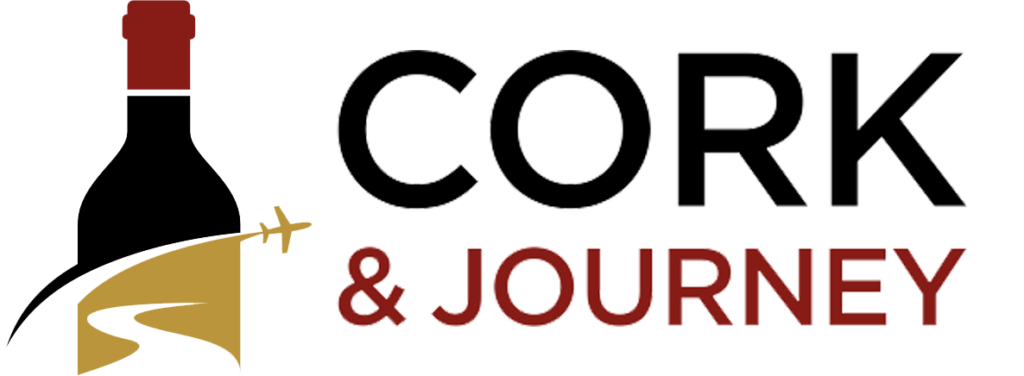Here’s what happened in the last week in wine. Napa’s St. Supéry buys a Rutherford vineyard for $14.8M, expanding holdings to 1,600+ acres. Restaurant wine trends highlight intense wines like Sauvignon Blanc, premium, canned, and non-alcoholic options. Sommeliers adjust lists for affordability, while Napa wine prices rise alongside tasting fees. Halter Ranch achieves organic certification, reuse gains traction in packaging, and Napa vineyards partner with Fish Friendly Farming. Legislation allocates $32.5M for wildfire impact research and crop insurance.
St. Supéry buys a 48-acre Rutherford vineyard from LMR Wine Estates for $14.8 million.
Napa’s St. Supéry Estate Vineyards & Winery has acquired a 48-acre vineyard in the Rutherford appellation off of Mee Lane near St. Helena for $14.8 million. This latest acquisition now puts St. Supéry’s holdings at 1,600+ acres, with 575 acres dedicated to vines. St. Supéry produces 8% of Napa Valley Sauvignon Blanc, and the purchase of this vineyard will increase the brand’s access to high-quality fruit for future bottlings and brand expansion.
Restaurant Wine Buyers Panel Talks Trends and Growth
A panel of restaurant wine buyers at the International Bulk Wine & Spirits show discussed consumer trends and revealed that customers are seeking intensity in wines, and Sauvignon Blanc and Sancerre have been standouts. Other key insights include the rise of premium wine, canned wine, and non-alcoholic wines. Wineries can boost employee engagement and sales by engaging staff with winery visits and tastings to increase education about their label, portfolio, and team.
Culture: How Sommeliers Build Recession-Proof Wine Lists
Sommeliers are adapting wine lists to cope with rising prices due to climate change and supply issues. They’re focusing on lesser-known regions and undervalued grapes to offer affordable yet quality options. This includes wines from areas near famous regions and overlooked varieties like Aligoté. Alternative sparklers and non-champagne options are gaining attention. Sommeliers believe customers are open to trying new wines for value, leading to trends in affordable options from regions like Bordeaux, Burgundy, and Rhône. The diversity of regions like Washington State presents opportunities. Despite challenges, sommeliers remain committed to finding reasonably priced, quality wines to maintain customer satisfaction.
Napa Valley wine prices just broke this record.
Prices just keep increasing in Napa Valley. As reported in the SF Chronicle, “Wine prices jumped $17 per bottle in Napa Valley last year, and winery tasting fees increased 35%,” according to the 2023 Direct to Consumer Wine Report.
Other takeaways from the report:
Halter Ranch Achieves Organic Certification
Halter Ranch, the esteemed Paso Robles winery and nature estate, has achieved organic certification. While the estate’s walnuts, olives, and culinary gardens were previously granted CCOF certification from California’s Certified Organic Farmers (CCOF), the 200+ acres of vines were still in transition. This impressive sustainability milestone means that Halter Ranch no longer uses pesticides, herbicides, or synthetic fertilizers.
Could Reuse Be the Future of Wine Packaging? | SevenFifty Daily
Reuse is gaining traction in the wine industry due to sustainability concerns. Circular economy principles drive this trend, with businesses like Grafé Lecocq using long-standing circular systems for recollection and reuse. Such systems have a low carbon footprint and cost-effectiveness. However, the shift towards single-use packaging in the past decades posed challenges to revive reuse practices.
Efforts are underway to rebuild reuse infrastructure by partnering with retailers, using technologies like smart bins and reverse vending machines. Platforms like Loop collaborate with major retailers to establish efficient recollection methods. Initiatives like Revino engage wineries in direct recollection. Incentives, technology, and cooperation with existing recycling systems aim to boost consumer participation.
Napa Vineyards Are Pairing Wine With ‘Fish Friendly Farming
Napa Valley vineyards are partnering with Fish Friendly Farming (FFF) to protect endangered salmon and trout populations by curbing sediment pollution in waterways originating from vineyards. Administered by the California Land Stewardship Institute, the FFF program has certified over 280,000 acres across 2,000 properties, with a significant portion located in Napa Valley. The program involves collaboration with growers, creating tailored farm plans that emphasize soil and erosion management to prevent sediment runoff. While FFF’s primary aim is to improve fish habitats, it acknowledges that other environmental stressors also impact the ecosystem. Nevertheless, its network of conservation-minded growers is fostering healthier ecosystems that resemble natural salmon habitats, contributing to a more environmentally conscious wine industry.
Napa County upholds appeal of Le Colline Vineyard.
The appeal of the controversial expansion of Le Colline Vineyard in Napa Valley has been upheld by the Napa County Board of Supervisors. The project, which would have replaced 21 acres of forest with vineyards, was opposed by environmental groups and neighbors who raised concerns over water quality and increased wildfire and flooding risk.
Smoked grapes | News | Santa Maria Sun
Three West Coast senators have introduced legislation addressing the impact of intensifying wildfire seasons on vineyards and wineries. The Smoke Exposure Research Act, led by Sen. Alex Padilla (D-California) and co-led by Sens. Jeff Merkley (D-Oregon) and Patty Murray (D-Washington), along with U.S. Rep. Dan Newhouse (R-Washington), allocates $32.5 million over five years to research the effects of climate change and wildfire smoke on the wine industry. This comes as wildfires have caused uncertainty about the impact of smoke on grapes, costing billions in losses. The legislation aims to fund research and offer new crop insurance options to protect wine grape growers from smoke-related damage. It also seeks to expedite on-site testing tools for growers to assess the impact of smoke during harvest season.

All things wine, and food you could ever need or want — straight to your email!